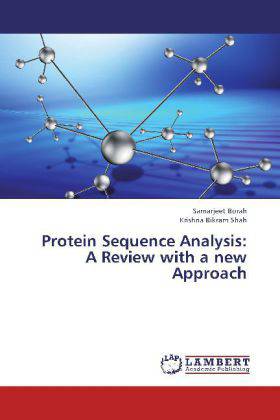
- Afhalen na 1 uur in een winkel met voorraad
- Gratis thuislevering in België vanaf € 30
- Ruim aanbod met 7 miljoen producten
- Afhalen na 1 uur in een winkel met voorraad
- Gratis thuislevering in België vanaf € 30
- Ruim aanbod met 7 miljoen producten
Protein Sequence Analysis: A Review with a new Approach
A Review with a new Approach
Samarjeet Borah, Krishna Bikram Shah
Paperback | Engels
€ 64,45
+ 128 punten
Omschrijving
In Sequence Analysis, two sequences are compared to identify similarities and differences between them. Generally, a measure of how similar they are is also desirable. A typical approach to solve this problem is to find a good and reasonable alignment between the two sequences. Then, given an appropriate scoring scheme, their similarity can be computed. This study describes the concepts, tools and selected algorithms being used for sequence analysis and recent works which have been done in the field of Sequence Analysis. Alignment of protein sequences is an elementary step in the analysis of biological data. It has traditionally been applied to analyzing protein families for conserved motifs, phylogeny, structural properties, and to improve sensitivity in homology searching. In this research work, a new method, coined as Global Alignment Tool (GLAT) is developed to improve both the accuracy and speed of sequence alignment. We compared the accuracy of this method to other popular methods.
Specificaties
Betrokkenen
- Auteur(s):
- Uitgeverij:
Inhoud
- Aantal bladzijden:
- 80
- Taal:
- Engels
Eigenschappen
- Productcode (EAN):
- 9783659336416
- Verschijningsdatum:
- 21/02/2013
- Uitvoering:
- Paperback
- Afmetingen:
- 150 mm x 220 mm
- Gewicht:
- 127 g

Alleen bij Standaard Boekhandel
+ 128 punten op je klantenkaart van Standaard Boekhandel
Beoordelingen
We publiceren alleen reviews die voldoen aan de voorwaarden voor reviews. Bekijk onze voorwaarden voor reviews.










